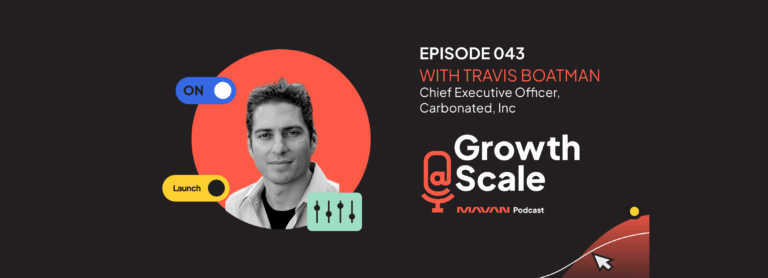Navigating the Future of Mobile Gaming: Insights from Travis Boatman’s Journey with Carbonated, Inc.
Key Takeaways: Innovative technologies and frameworks are transforming mobile game development, shaping a future where creativity and technology converge. Building…

